Tesla Model 3 engines, drive and performance
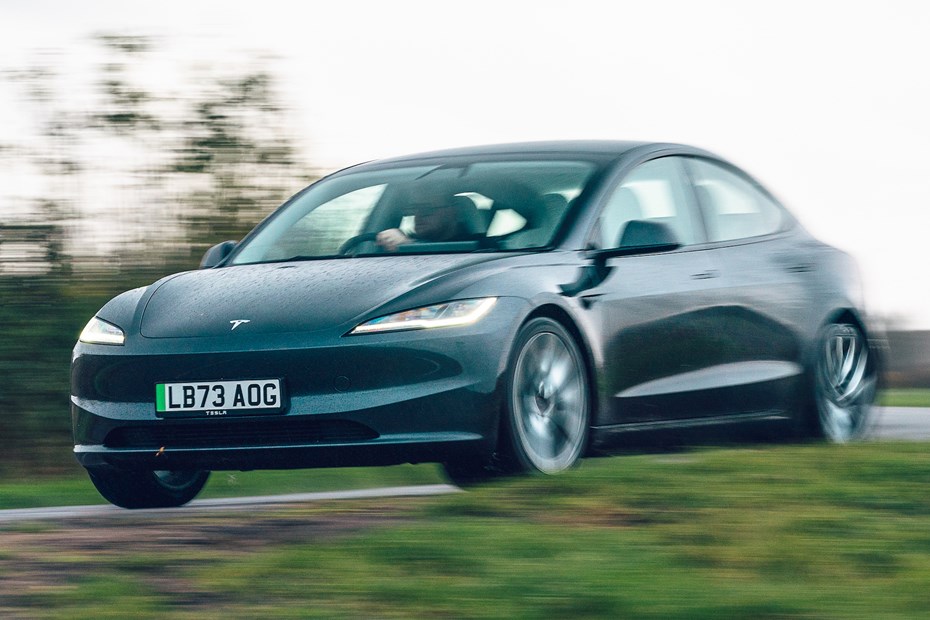
- Entry-level Model 3 is as quick as a hot hatch
- Others are even faster, with the Performance more like a supercar
- Driving range and efficiency also impresses
What power options are there?
The Tesla Model 3 comes in four flavours: the entry-level Rear Wheel Drive, the faster Long Range that comes in rear- and all-wheel drive form, and the all-wheel drive Performance, which has a sub 3.0 second 0-62mph time. The entry-level Model 3 Real Wheel Drive is quicker than most hot hatchbacks, accelerating from 0-62mph in 5.8 seconds, while the Long Range reduces that to 4.2 seconds. The Performance’s time is enough to make you feel sick.
The range-topping Tesla Model 3 Performance is a new benchmark. Rivalling the Hyundai Ioniq 5 N, it offers frankly unnecessary acceleration in a road car – you have to physically hold onto the steering wheel, such is the rate at which it piles on speed.
However you soon adapt to it and learn to drive it gently (the car’s ‘Chill mode’ helps with that) in just about any situation, reserving its awesome thrust for difficult overtaking moves. That performance really is something you keep in reserve, making the daily drive an extremely effortless experience.
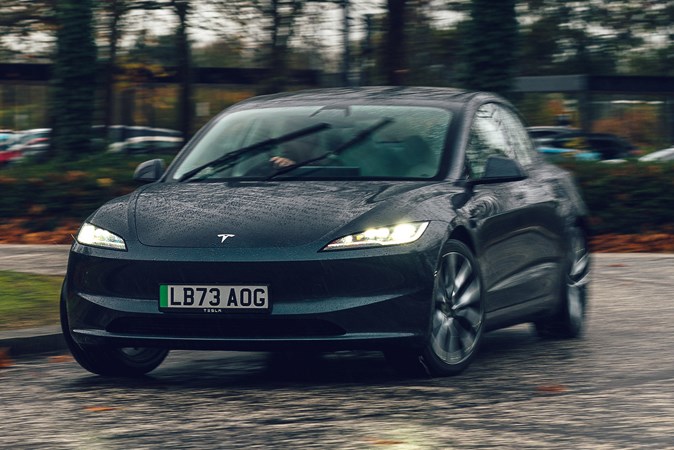
What’s it like to drive?
- Steering response and feel are impressive
- Sharp, dependable roadholding
- Excellent brakes keep it all in check
One thing strikes you as soon as you take the wheel of the Tesla Model 3: its steering is surprisingly quick and responsive. At first some drivers may find this disconcerting, as it makes the car super-reactive to inputs, but you’ll quickly learn to enjoy the agility this imparts, and its quick turn-in becomes second nature.
The handling feels nimble. It’s not so hyper-sensitive that the car ever feels nervous though – just intuitive and user-friendly. It’s quite a heavy car, but it doesn’t really feel it when you thread it along your favourite back road.
The suspension keeps the Model 3 composed through corners, with just a little body roll when you’re really pushing hard. Despite this agility and keen handling, the Model 3 still soaks up the worst road lumps and bumps, even on the fat, optionally upgraded 20-inch wheels. We found it especially impressive at motorway speeds, with very low levels of wind and road noise.
The Model 3 does without column stalks of any sort – the indicators are operated by pressure sensitive pads on the steering wheel – and the wipers are automatic and controlled from the central screen. Both work well, and you soon get used to both, and stop giving them a second thought.
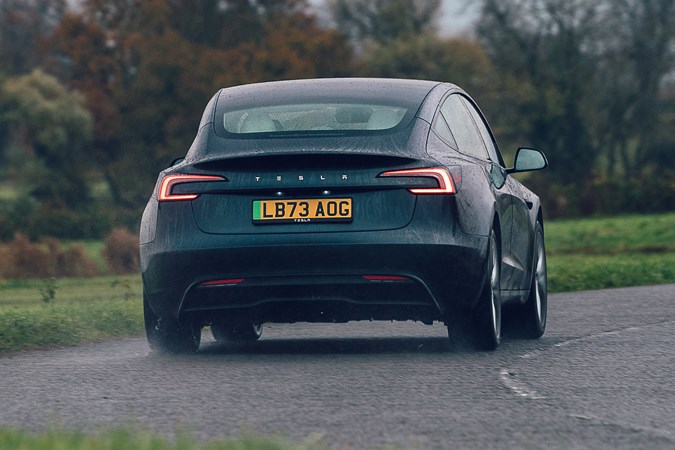
Where the package doesn’t feel quite as homogenous is the Performance model. A lack of speed isn’t the problem, more that it doesn’t have the necessary finesse to cope with all that power. The brakes are the worst culprit because they don’t have enough stopping power in zero regen mode. In contrast, with the regen turned up, there is an unnatural feeling as they switch from regen to hydraulic.
You can switch the handling balance between understeer, neutral and oversteer, with a noticeable difference between each, but the suspension and lack of body control at high speeds means it can bottom out in corners. It’s a highly amusing variant but feels like a one-trick pony.
Autopilot: what’s it like?
The good news is that the latest version of this continuously-evolving system works very well indeed if you’re a sensitive and understanding driver. With cameras and sensors all around the car, the Model 3 is capable of taking much of the effort of driving away in a wide range of environments. These include overtaking on command, lane changing on a busy motorway, or just driving along your A-road commute to and from the office.
To engage this system – once driving – you push the scroll button on the steering wheel: once for adaptive cruise control, twice for Autopilot. Adaptive cruise control is standard fare these days – lane- and distance-keeping maintain your space around other cars. You brake when they brake, it steers for you if you get near the edge of your lane.
Autopilot is more sophisticated. It’s quite a steep learning curve for the driver using it, too. Once familiarised, Autopilot works well on dual carriageways, motorways and on relatively deserted A-roads, keeping the car in the centre of the lane, and smoothly keeping distance. It also modifies your speed depending on posted limits. We found it generally works well, although it’s sometimes frustratingly slow getting back up to speed after a reduced limit on the motorway.



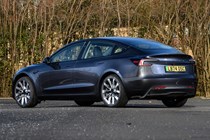


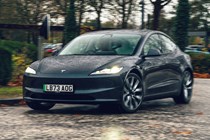

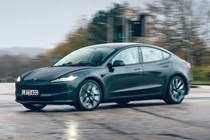

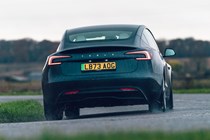

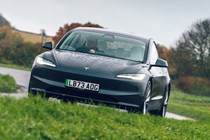
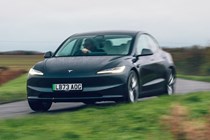

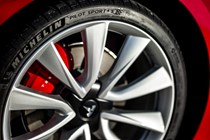
.jpg)
.jpg)
.jpg)
.jpg)
.jpg)
.jpg)
.jpg)
.jpg)

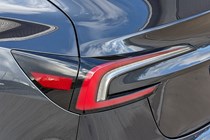
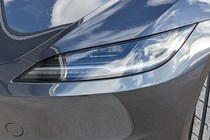
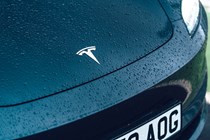
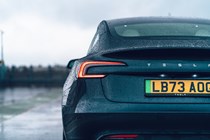
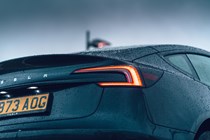
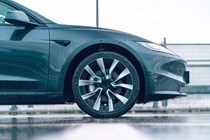


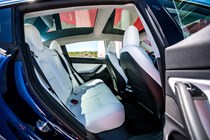
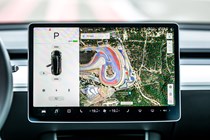
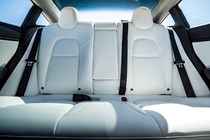
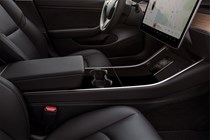
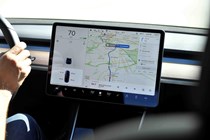
.jpg)
.jpg)
.jpg)
.jpg)
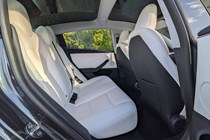
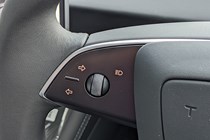
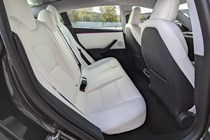
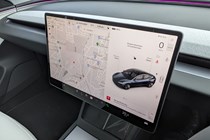
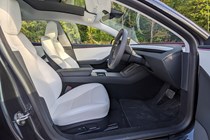
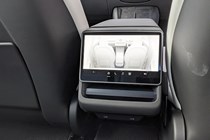
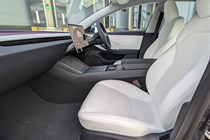
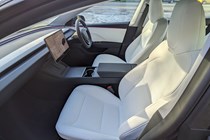
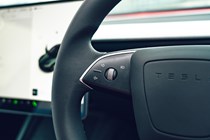
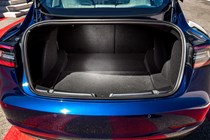
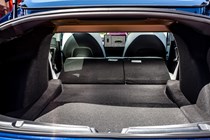
.jpg)
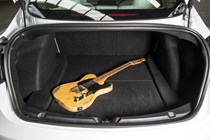
.jpg)
.jpg)
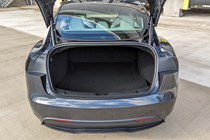
















.jpg?quality=50)
.jpg?quality=50)
.jpg?quality=50)
.jpg?quality=50)
.jpg?quality=50)
.jpg?quality=50)
.jpg?quality=50)
.jpg?quality=50)














.jpg?quality=50)
.jpg?quality=50)
.jpg?quality=50)
.jpg?quality=50)











.jpg?quality=50)

.jpg?quality=50)
.jpg?quality=50)
